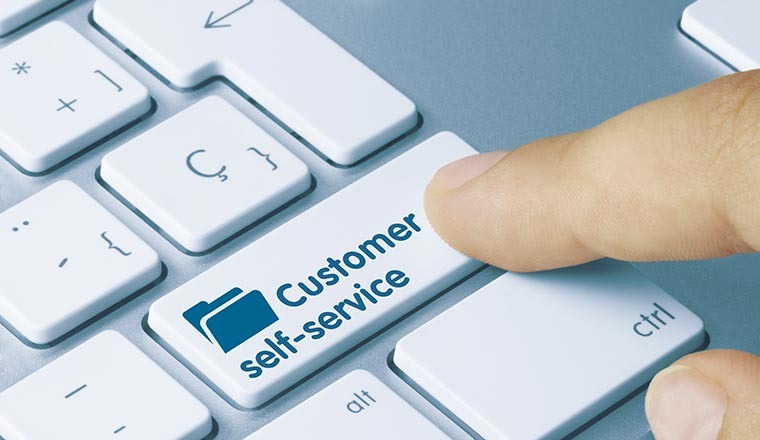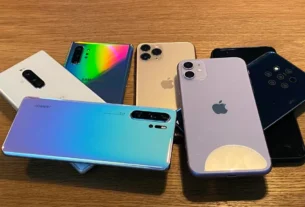We all appreciate quick and easy solutions, especially when it comes to customer service. Many businesses are now offering self-service options such as FAQ blogs for easy, simple fixes to meet our need for convenience. However, many worry that these automated services might lose the personal touch that makes us feel valued. The challenge lies in balancing the efficiency of self-service with the warmth and understanding that comes from human interaction. Here’s how companies can offer automated options without making us feel like just another number.
Why Personal Touch Matters
We all know the feeling of talking to a friendly customer service representative who genuinely wants to help. It’s nice to feel appreciated and understood while you are struggling. Even though self-service options like chatbots and online FAQs are super convenient, they can sometimes feel a bit cold and impersonal. The key is to remember the importance of a human element and that their jobs are all about making us feel heard and cared for. Balancing these differing needs is vital to providing personability while responding as quickly as possible.
Picking the Right Self-Service Tools
There are a lot of self-service tools out there, but they’re not all great. Businesses should choose tools that make our lives easier while still feeling personal. For example, chatbots have come a long way and can now chat with us in a friendly and helpful manner. Interactive FAQs can guide us based on what we’ve asked before, making the whole experience feel more personalized.
Making Self-Service Feel Personal
Customization is crucial for keeping that personal touch in self-service. Systems should remember our past interactions and preferences, so we don’t have to repeat ourselves every time. For instance, if we’ve already shared our preferences or previous issues, the system should use that information to give us better answers. This way, even if we’re using an automated system, we still feel recognized and valued.
Combining Self-Service with Human Help
Sometimes, we just need to talk to a real person. It’s important for businesses to make it easy to switch from self-service to human help when needed. For example, a chatbot should be able to connect us to a live representative if it can’t solve our problem or if we ask to speak to someone. This seamless transition ensures that our experience isn’t interrupted and we get the help we need. Autonomous customer service solutions can handle routine inquiries efficiently, allowing human agents to focus on more complex and personalized interactions.
Training Staff to Support Self-Service
Even with great self-service tools, human support is still essential. Staff should be trained to handle escalations from self-service channels effectively. They need to know how to use the information from our self-service interactions to provide us with the best possible support. When technology and human skills work together, it creates a smooth and cohesive experience for us.
Listening to Feedback
Feedback is essential for improving both self-service and human-assisted interactions. Businesses should regularly collect and analyze our feedback to identify areas where they can improve. It should be easy for us to provide feedback after using self-service tools, helping companies understand our needs and preferences better. Acting on this feedback shows that they value our input and are committed to improving our experience.
Keeping Up with Changes
Customer service is always evolving, and so should self-service options. Businesses need to regularly update and improve their tools to keep up with new technologies and our changing expectations. By staying proactive and adaptable, they can ensure that their self-service options continue to complement human interactions effectively, maintaining that crucial personal touch.
A Balance Between Technology and A Personal Touch
Offering self-service options doesn’t mean losing the personal touch that we value. By choosing the right tools, customizing interactions, combining self-service with human help, training staff, listening to feedback, and keeping up with changes, businesses can provide us with a seamless and personalized customer experience. Balancing technology with a human touch not only meets our modern expectations but also helps build loyalty and satisfaction. In the end, it’s all about creating an experience that feels both efficient and warmly personal.




